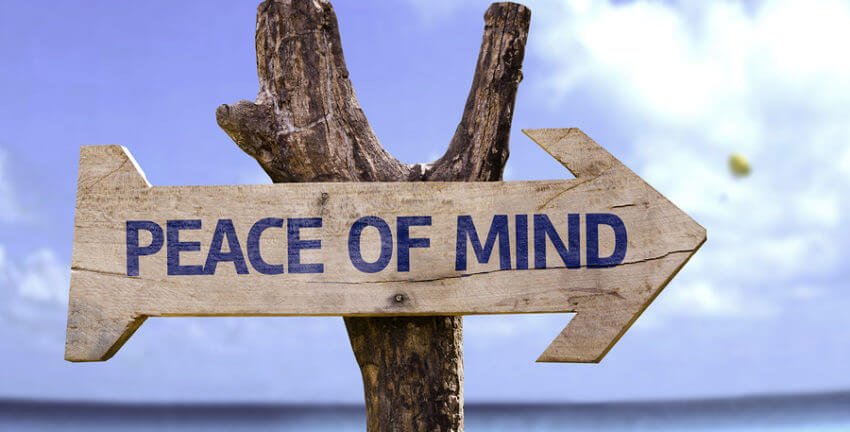The BALM Blog
See all postsThe BALM 7 C’s – Another Look at a Revolutionary View of Family Recovery

The BALM® 7 C’s
The BALM® 7 C’s provide a simple foundational introduction to the BALM® program to help families understand their role in relation to their loved one’s use disorder and recovery. Building on the Alanon 3 C’s, this model takes a turn when it comes to the 4th C, emphasizing that families CAN contribute to recovery rather than that they don’t have to contribute to the use disorder (as Alanon emphasizes). Family members will learn about these 7 C’s in great detail in the first introductory webinar and in the Principle One lesson. This summary gives an introductory overview that explains the philosophical underpinnings of the entire BALM® program.
The 1st C:
You didn’t cause your loved one’s use disorder.
This C clarifies to the family member that it’s definitely not their fault that their loved one has a use disorder. It is important to mention since so many family members come into recovery asking if the use disorder is their fault.
The 2nd C:
You can’t control it.
Family members often come to us thinking they could control the situation if only they could find the magic key. This C let’s them know that the use disorder is beyond their ability to control.
The 3rd C:
You can’t cure it.
This idea that there is a cure that the family must find is dispelled in this C. For a long time, people only heard these 3 C’s and often gave up and used them as an excuse to walk away from their loved one or to enable fiercely out of misplaced compassion. The BALM® does see enabling as a valid behavioral problem for families and teaches families how and why to move from enabling to helping in their relationship with their loved one. How to do so is covered in the lessons for BALM® Principles 4 and 6 specifically.
The 4th C:
You CAN contribute to your loved one’s recovery!
Here is where the revolutionary approach of the BALM® begins. While Alanon basically hints at this idea, its negative statement of “but you don’t have to contribute to it” leads family members back to self-focus as the way to not contribute to the use disorder. While the BALM® sees a focus on the self as healthy and necessary, we also emphasize and teach all the many ways families can learn to interact with their loved one in which they demonstrate being their loved one’s BEST chance at recovery. This is where the BALM® parts ways with support that is ALL about the family member and begins educating the family member about how to both get their life back and learn how to help their loved one attain and then sustain recovery. (The definition of recovery is broad and inclusive in the BALM® program and these ideas are covered in many of the lessons in the BALM®.) This dual focus is what makes BALM® unique AND effective.
The 5th C:
You are connected to your loved one on a level deeper than their use disorder.
Remember when Johan Hari came out with his Ted Talk titled ‘Everything You Know About Recovery is Wrong’? In it, he said that the opposite of addiction is not recovery it is connection. That day, I received countless calls, emails and texts from BALM® families and coaches saying “Someone finally gets our approach!” Indeed, the Be A Loving Mirror® approach turns tough love on its head and completely rejects stigma with this understanding that connection transcends addiction, that stigma is to be rejected and that family love is valid, admirable and natural. In a world where so many are saying, “kick him out!” The BALM® 5th C says, ‘You are connected to your loved one on a level deeper than their use disorder,” and the rest of the BALM® teaches families what to do with that connection to have the best chance to make a difference in a struggling loved one’s life.
The 6th C:
You CAN Learn to communicate with your loved one.
Here is the beginning and the core of the BALM® ‘how’. When a family member studies the BALM® 12 Principles and specifically the BALM® 7 Steps, they do learn how to communicate effectively with their loved one and with everyone else. One of the givens with families is that they often come into the BALM® saying, “I just don’t know what to say to my loved one anymore..” The BALM® Program empowers families to know what to say, how to say it, when to say it and when not to say anything.
The 7th C:
You are ALWAYS at Choice!
While the BALM® provides families with a pathway to get their life back and their loved one’s life back, it does not say that all family members must choose this dual focus. Each of us is at choice or, as Alanon says, ‘no victims, only volunteers.’ We make decisions about how we will live and who we will share our lives with. Making the choice to continue to engage with our loved ones is a powerful choice. Seeing it as a choice can help a family member let go of self pity and become more at ease in the process in which they are engaged. The BALM® Educational and Coaching Process is designed to empower families to experience choice in their lives powerfully.
Be A Loving Mirror!


